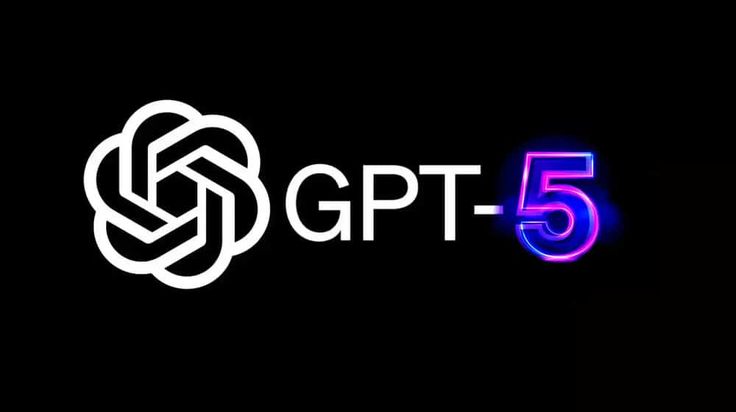
When people talk about artificial intelligence today, one name comes up again and again — OpenAI. Over the past few years, OpenAI has introduced powerful AI models that have changed how we work, learn, and communicate. Now, with the launch of OpenAI GPT 5, the company has taken another major step forward.
This new version builds on everything learned from earlier releases. It is not just a small update; it feels like a smarter, faster, and more reliable assistant that can help in many areas of life. From simple questions to complex problem-solving, OpenAI GPT 5 aims to make the process smoother and more accurate.
A Smarter Way to Answer
One of the biggest changes in OpenAI GPT 5 is how it decides the best way to answer your question. In the past, you had to rely on one model for everything. Now, GPT 5 can switch between fast, lightweight responses for quick answers and deeper, more detailed reasoning when a topic needs extra thought.
This “decision-making” happens instantly, without the user needing to choose anything. If you ask for a short definition, it will be quick. If you ask a complex question about law, science, or technology, it will take a moment longer but give you a more thoughtful and accurate answer.
Faster, But Also More Careful
Speed is important, but so is trust. OpenAI designed GPT 5 to reduce the number of times it gives wrong or made-up information. While no AI is perfect, this version has been trained to check itself before answering. It is better at following instructions exactly, so you get the format or style you ask for without extra fluff.
This improvement is helpful for people who use the model for work, research, or learning. A business owner can get clear marketing copy without constant rewriting. A student can receive cleaner explanations without too much off-topic detail.
Useful for Many Fields
OpenAI GPT 5 is not limited to a single type of task. It can help with writing articles, generating ideas, solving coding problems, creating study plans, or even helping with creative projects like storytelling and design.
Developers in particular will notice that GPT 5 is stronger in programming support. It understands code better, can debug more efficiently, and explains solutions in simple language. For more on its performance, you can read TechCrunch’s coverage of the GPT 5 launch.
Designed for Everyday People and Professionals
One of the reasons GPT 5 stands out is how it serves both casual and professional users. If you only need quick help — like drafting an email or checking a fact — it works instantly. If you need a detailed business strategy, a deep research summary, or a full content plan, it can handle that too.
Businesses can use GPT 5 to speed up customer support, create better training materials, or manage social media content. Students can use it to prepare for exams or break down hard topics into easy-to-understand pieces. Creative professionals can use it as a brainstorming partner.
More Control for Developers
For those using OpenAI GPT 5 through the API, there are new ways to guide how the AI responds. You can adjust the length, depth, and level of reasoning in the answer. This gives developers the power to make GPT 5 fit directly into their apps, tools, or websites.
Available to More People
Unlike some advanced tools that are locked behind expensive subscriptions, OpenAI GPT 5 is being made available to both free and paid users. Free users get access with some limits, while paid users enjoy deeper reasoning and higher usage limits. This wider access makes it easier for schools, small businesses, and individuals to benefit from the technology.
Safety and Reliability
AI safety is a big topic today. OpenAI has worked to make GPT 5 safer by reducing harmful or biased outputs. For industries like healthcare, education, and law, this is important because the quality and safety of information can have real-world effects. The OpenAI system card for GPT 5 explains some of the steps taken to improve safety.
Why It Feels Different
Many users who tried OpenAI GPT 5 say it feels less like “talking to a bot” and more like working with an informed partner. This is because it better understands context and keeps track of ongoing conversations. You can ask a follow-up question without restating everything, and it remembers the tone and style you want.
What OpenAI GPT 5 Means for the Future
With GPT 5, OpenAI is showing that AI is not just about flashy demos — it’s about making a tool that can be used every day, in real situations, by a wide range of people. The combination of speed, depth, and improved accuracy means AI can now handle more meaningful work without slowing you down.
It’s easy to imagine how this will shape the future. We might see more personalized education tools, faster innovation in small businesses, and smarter productivity apps that feel like real assistants instead of simple chat programs.
Final Thoughts
OpenAI GPT 5 is not just another AI upgrade. It is a more reliable, flexible, and useful version of a tool millions of people already use. Whether you are writing, learning, coding, or just exploring ideas, it offers support that feels natural and helpful.
As AI becomes more a part of daily life, models like OpenAI GPT 5 show how technology can blend into our routines without feeling too complex or too distant. It is a step toward making advanced AI something everyone can use with confidence.
https://coreguideai.com/ai-guided-meditation-for-better-sleep/: OpenAI GPT 5: The Next Big Step in AI Technology